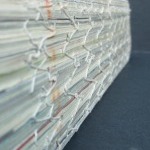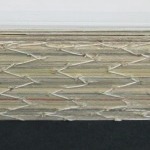The case refers to the hard cover that surrounds and protects the text. Historically books were bound–literally tied together with threads–so technically, case binding means tying sheets of paper together and then securing the block of text into a protective housing. But times have changed: methods and machines have evolved.
Now, when discussing case book binding, we may be referring to
• Book blocks created with adhesive (glue)
• Sewn text blocks
• Pages of text that are mechanically held together by wire or plastic devices.
Each of these techniques have strengths of purpose that you will consider when designing the project. Any of these can be cased in with either round or square back. At Universal Bookbindery, our skilled and experience team can create a book that serves its audience, author, and publisher aesthetically and durably.
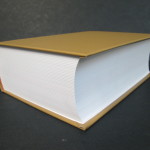
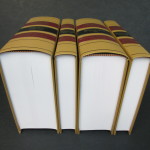
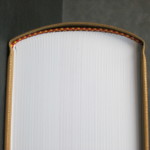
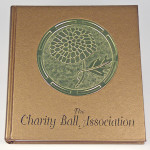
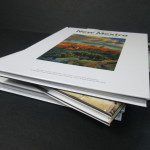
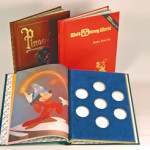
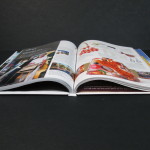
Adhesive Casebound
Adhesive Casebound | Various adhesives (glues) are used in the bookbinding process, both synthetic and natural. There are different reasons to use each, but the primary considerations are paper coatings and weight, and durability requirements. While Universal prides itself on being able to meet tight deadlines, glues are not as nimble, so time for the glue to cure (set) must be considered in the production schedule. Other planning tools are specifications for glue scoop and grind off, and proper spine perforation.
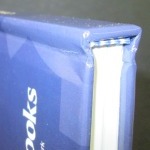
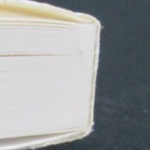
Sewn Casebound | Sewn binding refers to actual thread and needle type sewing, and sewn books are the most durable.
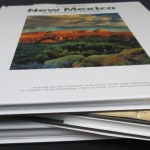
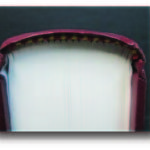


Smyth Sewing | The most common method of book sewing techniques creates a library-quality book. The Smyth sewing machine uses industry strength nylon thread to bind the text signatures together at their saddles (the fold crease). Thread is available in a variety of colors to either blend with page color or contrast for design effect. Once sewn, most of the thread is behind the paper fold, so the pages lie flat. The threads gathered in the spine are generally hidden by capping the openings with decorative head- and foot-bands. These are selected in colors to complement the cover and stock. With Smyth sewing, the thread and the process together are so strong that pages should not pull out even with heavy use. Planning considerations are signature layouts, cover hinge width, and thread color. Additionally, gutter jump crossovers can be challenging for line up and gluing off, so avoid these when possible.
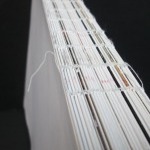
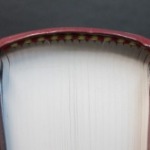
Side Sewn | Side Sewn books are stylized books that use the binding thread and open pagination to great effect. The sewing thread runs from head to foot of the book approximately ¼” away from the spine. The thread is left without a finishing stitch for a bit of tail at the edge of the book. With a larger hinge, the book is extremely durable, but not nearly as easy to read because they do not lie flat. This method may be used with either hard or soft cover books, but generally nothing over ¼” thick, and sometimes less depending on the type of paper used.
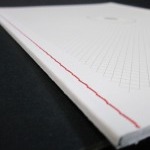
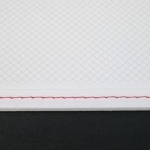
Saddle Sewn | Sewing done straight down the middle of the fold crease is done when the text is too thin to be on the Smyth machine. For slim volumes that need to hold up to heavy use, such as children’s books, this is an ideal way to bind. These books will lie open easily, so double truck bleeds for expansive illustrations can be accommodated. Aesthetically, a great deal of thread will be visible at the center gutter spread when the book is laid open. Design consideration of the thread color is important depending if it is used for a contrasting effect or if it should blend with the paper color. To ensure the fold and thread align properly, Universal Bookbindery brings all folding in-house. These very thin volumes are durable enough for a toddler to enjoy without mom worrying that the pages will fall out. This method can be used for either hard or soft cover books. Saddle Sewn is not to be confused with saddle stitched binding as the “stitch” in this case refers to a metal staple fastener, not a piece of thread.
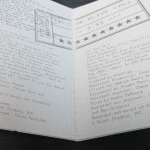
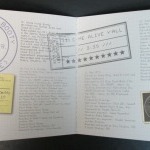
Oversewn | This is a method used to sew single sheets of paper together that are then casebound. It offers excellent durability, but not much flexibility for the book to lie open. It is commonly used to bind thesis papers, and it is used often in rebinding and repairing old books that have fallen apart.
